
Figure 1
| A
Revolution in Training: The Bottom Line Results of The Switched-On Selling Seminar |
|
by Dr. Jerry V Teplitz |
|
© March 2001 Jerry V. Teplitz |
| In evaluating any sales training seminar, there is only one question that really matters: At the bottom line, how effective is it? Does the seminar result in salespeople changing what they are doing? Does it change how they are doing it? Does it result in an increase in sales and does the salesperson's self perception change? |
| We now have the answers for the Switched-On Selling Seminar (SOS) and the strength of the positive results is impressive. The overall results show a dramatic increase in the participant's attitudes at the completion of the seminar. The improvements were measured a month later and increased even further. |
| The SOS Seminar is revolutionary because it is not a sales technique seminar. We do not teach a single sales technique during the entire day. Instead the seminar focuses on re-wiring the circuitry of the brain. We accomplish this by using a technology called Kinesiology or muscle checking to determine the areas of the selling process causing stress in the brain. |
| Next we use simple movement exercises called Brain GymsŪ to rewire the brain from a fear/survival focus which occurs in the back of the brain and is triggered by past experience to a present-time/choice focus which occurs in the front of the brain. This allows the brain to be open and prepared to adapt to opportunities and changes. |
| These Brain Gym exercises were originally developed by Dr. Paul Dennison, Ph.D. as a way to dramatically help children and adults with learning disabilities. Dr. Jerry V. Teplitz, JD, Ph.D. has adapted and applied these concepts and technology to the selling process. |
| The Procedures |
| At the beginning of a Switched-On Selling Seminar, the participants complete an 18-item pre-questionnaire. At the end of the day, they again complete the same questionnaire as a post-seminar questionnaire. Then, one month later we mail the questionnaire to each attendee requesting that it be completed again and mailed back to us. |
| This procedure allows us to develop a base-line measurement of how the participants view themselves in relation to the selling process at the start of class and immediately afterwards. By mailing the questionnaire back to participants one month later, we eliminate the possibility that the initial outcome of the seminar was the result of just a "seminar high." Seminar High means that the attendee leaves the seminar motivated to change and two days later he or she has returned to old behavior patterns. By returning the forms a month later, any placebo effect is also eliminated. |
| Using this process we discovered attendees immediately alter their views of themselves and their capability of succeeding in the sales arena. In addition, participants documented their continued improvement with the return of the One Month Later forms. |
| For the analysis we used the data from 374 participant's questionnaires for only their pre- and post-class results, as these participants did not return their forms for the One Month Later analysis. This group gave us the base line measurement. This group was compared with a group of 61 participants who did return their One Month Later questionnaires. An analysis was done on all 18 questions as well as on the Overall Response Total for all 18 questions. (See Appendix A for the complete questionnaire). |
| Analysis Steps |
| First we will examine the Overall Totals by comparing the responses of everyone on all 18 questions. Next we will review the data for several of the questions which resulted in the most dramatic positive changes. Appendix B contains a brief analysis of all the other questions and their responses. |
| OVERALL RESPONSE TOTALS |
| There were four possible responses to each question - Strongly Disagree, Disagree, Agree and Strongly Agree. |
| Let's first examine the responses of those who only completed the Pre and Post-Seminar Form. At the beginning of the seminar, the Pre-Seminar Questionnaire graph below (Figure 1) shows 8.5% of the participants rating themselves as Strongly Disagree while 31.6% rated themselves Disagree. This means a total of 40.1% rated themselves negatively on their abilities to be effective as a salesperson. |
| On the positive side 45.0% rated themselves as Agreeing on the Pre-Seminar Questionnaire while only 14.9% were in Strong Agreement with the statements. |
 Figure 1 |
| On the Post-Seminar Questionnaire the end of the seminar, the results changed very dramatically. Only an insignificant .5% of the respondents rated themselves as Strongly Disagree while the Disagree category dropped from 31.2% to only 6.2%. On the positive side, the Agree category only grew from 45.0% to 49.6% while the Strongly Agree category grew dramatically from 14.9% to 43.6%. |
| This means that by the end of the seminar a total of 94.2% of the participants viewed themselves as being able to do all parts of the sales process. This change is clearly a major improvement. As was mentioned previously this transformation did not come from teaching a single sales technique during the seminar. |
| In comparing those who completed only the Pre and Post forms with the Pre and Post forms of those who also completed the One Month Later forms (Figure 2), we found a very high degree of correlation between the two groups. This means there is a high degree of reliability in projecting that the responses of the One Month Later group are applicable to all the participants in the study. |
| So let's examine in detail the One Month Later Questionnaire responses. |
 Figure 2 |
| Figure 2 is a graph of the combined responses to all of the statements in the Questionnaire. It illustrates that the changes not only held, they also increased during the one-month period after the seminar. At the beginning of the day, 16% were in the Strongly Agree category and by the end of the day, 43.4% had shifted to Strongly Agree. One month later, an impressive 55.3% were in the Strongly Agree category. In summary, not only was there tremendous change by the end of the seminar, but the results continued to increase when the participants were back out in the field selling. |
| The Most Dramatic Changes |
|
The changes occurring on several of the individual statements are
especially dramatic. We will analyze three of the responses here. (All the other questions and responses appear in Appendix B.) They are: "I handle rejection well." |
| We will analyze the first of these statements on "handling rejection well" to understand the changes that occurred. We will also compare those who completed only the Pre and Post forms to those who also completed the One Month Later forms to see if there was a consistent pattern between both groups. |
| "I handle rejection well." |
| Figure 3 reflects the responses of those who completed the One Month Later forms. On their Pre-Seminar Questionnaire, only 47.6% responded "Agree" or "Strongly Agree." On the Post Seminar Questionnaire, 95.1% responded "Agree" or "Strongly Agree" with this statement. |
 Figure 3 |
| The One Month Later Questionnaire showed a slight increase to 96.7% attendees who responded "Agree" or "Strongly Agree." However, the percentage increase in "Strongly Agree" category from the Post to the One Month Later Questionnaire went up an additional 14.5%. |
| In the "Strongly Agree" category, the Pre-Seminar responses rose from 3.3% to 45.9% on the One Month Later forms; a dramatic increase of 45.9%. Conversely, the number of attendees disagreeing or strongly disagreeing with the statement dropped from 54.1% to only 3.2%. |
| Figure 4 analyses only the attendees who completed the Pre and Post Questionnaire. As can be seen the results for this group and the One Month Later group are very similar. |
 Figure 4 |
| The Chart below compares the responses in both Figure 3 and Figure 4. As you can see, the numbers are quite similar. |
|
||||||||||||||||||||||||||||||
| With these results we can project that, had they returned their forms a month later, the attendees who returned only the Pre and Post forms are likely to have had results similar to those who did return the One Month Later forms. | ||||||||||||||||||||||||||||||
"It is easy for me to make cold calls in person." |
||||||||||||||||||||||||||||||
| In Figure 5, 68.9% of the attendees on the Pre-Seminar form responded in the Disagree and Strongly Disagree categories to the statement "It is easy for me to make cold calls in person." One month later only 16.4% were still on the Disagree and Strongly Disagree side. | ||||||||||||||||||||||||||||||
 Figure 5 |
||||||||||||||||||||||||||||||
| On the positive side of the Pre-Seminar form only 26.2% were agreeing and 4.9% were strongly agreeing. On the Post forms they move up to 55.7% in agreement and 24.6% in strong agreement. When the participants were back out in the field selling, their level of improvement on the One Month Later form for the "Strongly Agree" category increased dramatically from 24.6% to 44.2%. | ||||||||||||||||||||||||||||||
"It is easy for me to ask clients for referrals." |
| On the Pre, Post and One Month Later Questionnaires in Figure 6, 45.9% responded "Agree" or "Strongly Agree" with the statement "It is easy for me to ask my clients for referrals." On the Post Questionnaire, 57.4% responded "Agree" and 36.1% responded "Strongly Agree" with the statement. On the One Month Later statement, 45.9% still responded "Agree" while "Strongly Agree" had grown to 49.2% for a total of 95.1%. |
| On the negative side, the number of salespeople disagreeing or strongly disagreeing dropped from 54.1% to only 4.9%. |
 Figure 6 |
| (See Appendix B for the remaining graphs.) |
| Powerful Results from a Client's Field Study |
| While all the above graphs and those in Appendix B show that salespeople have changed dramatically from taking the Switched-On Selling seminar, the next question that is essential to be answered is: How do these changes correlate into bottom line dollars? |
| The South Carolina Farm Bureau, an insurance company, conducted its own study. They had part of their sales force attend the one-day SOS Seminar and the rest acted as the control group by not attending the seminar. |
| The company tracked both groups for four months after the seminar. They compared everyone's sales figures from the previous year against those from the current year. Salespeople who attended the SOS Seminar increased sales 39% over those who did not attend the seminar. |
| For insurance agents, the figure for increased premiums is considered even more important than overall sales. The results demonstrated that the group attending the seminar dramatically increased their premium levels 71% over those who did not attend the seminar. |
| Can the Switched-On Selling Seminar affect your salespeople and their productivity this positively? From the results of this study now you know it absolutely can! |
| For
information about having your sales force experience a Switched-On
Selling Seminar call our Toll-Free Telephone Number 800-77-RELAX
to arrange a program or go to our web site at www.Teplitz.com.
Remember that every day you delay experiencing this seminar is
costing you time and money.
We also have available the following seminars that incorporates the Brain Gym technology into the process: Switched-On Network Marketing Switched-On Management Both of these seminars are described on our web site. |
|
Feedback From Seminar Attendees |
|
"I would like to go on record as very strongly recommending both you and your Switched-On Selling Seminar. Perhaps its greatest strength is that it doesn't require the usual follow-up, reinforcement and retraining that most traditional methods do." |
| APPENDIX A SOS Pre & Post Course Questionnaire |
|
|
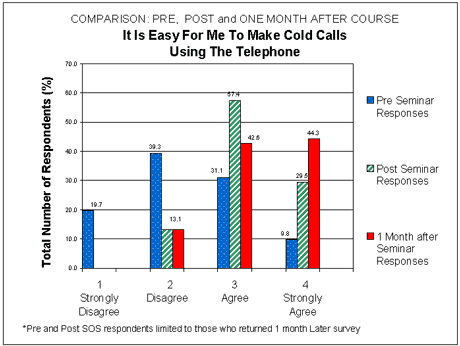 |
|
|
|
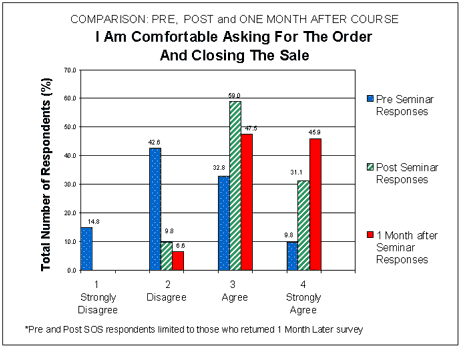 |
|
|
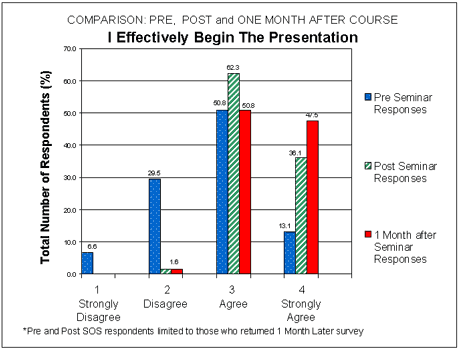 |
|
|
|
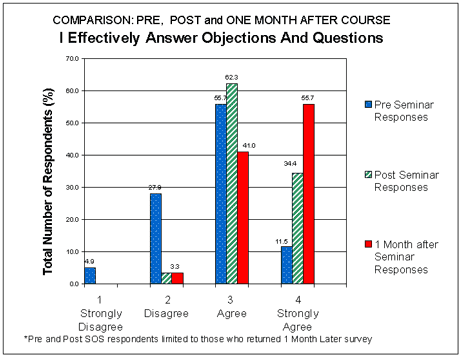 |
|
|
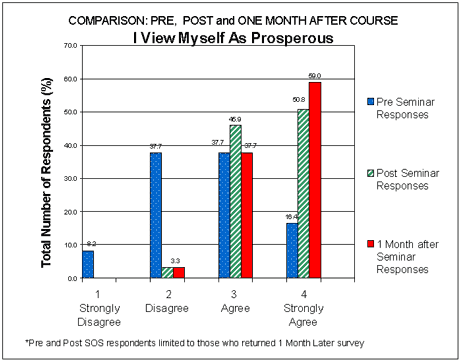 |
|
|
|
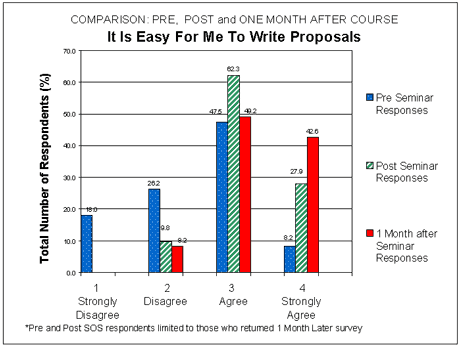 |
|
|
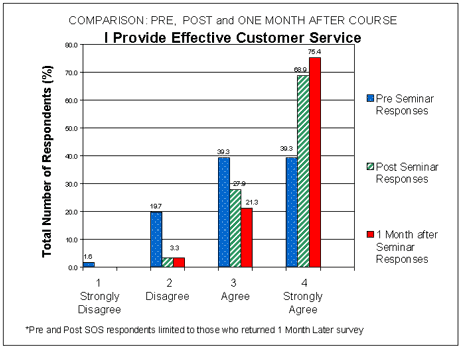 |
|
|
|
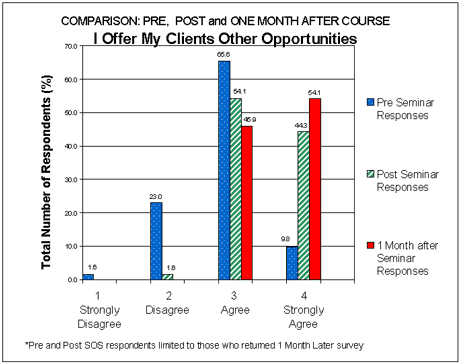 |
|
|
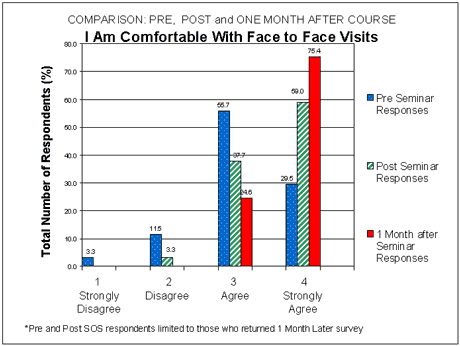 |
|
|
|
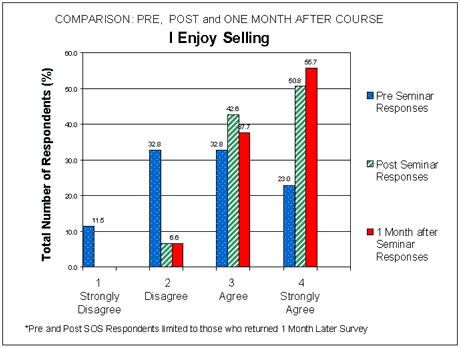 |
|
|
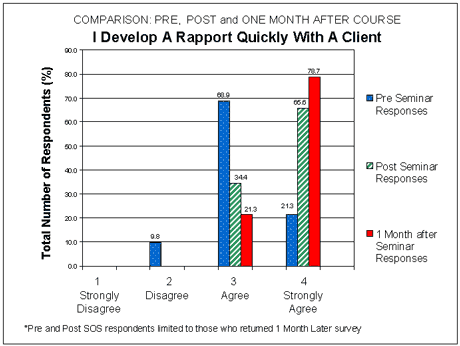 |
|
|
|
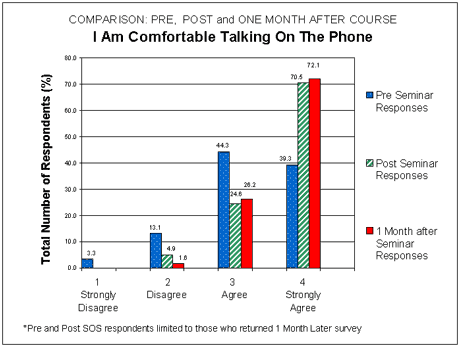 |
|
|
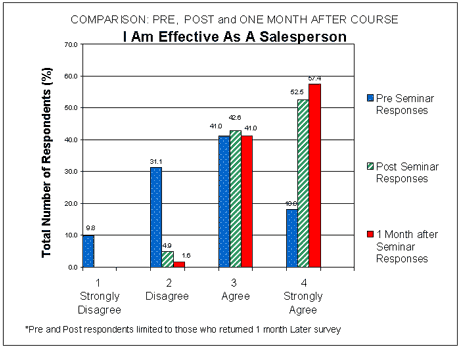 |
|
|
|
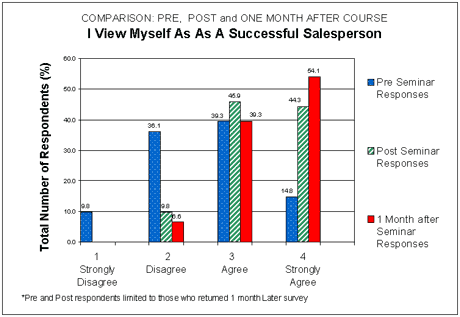 |
|
|
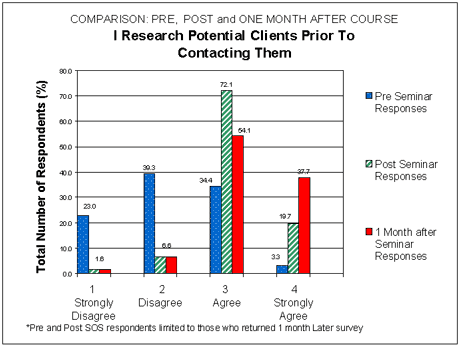 |
|
|